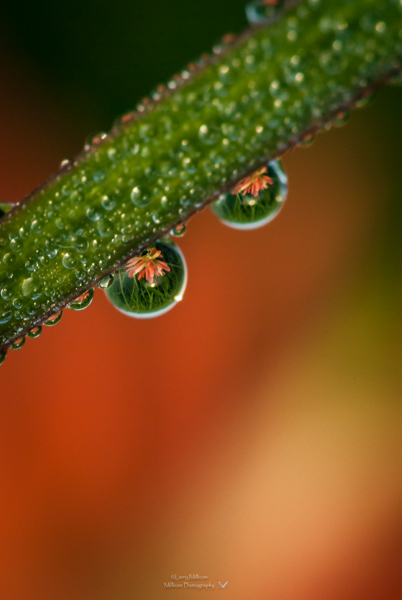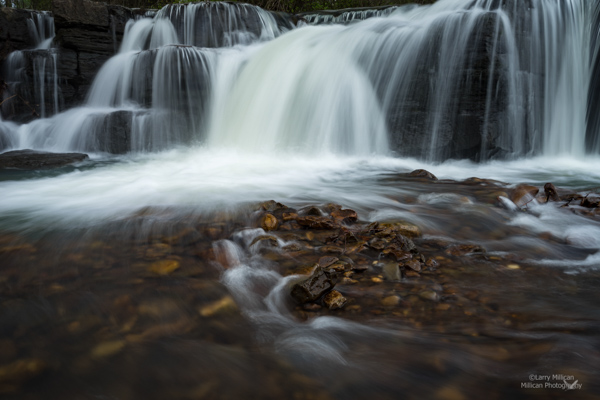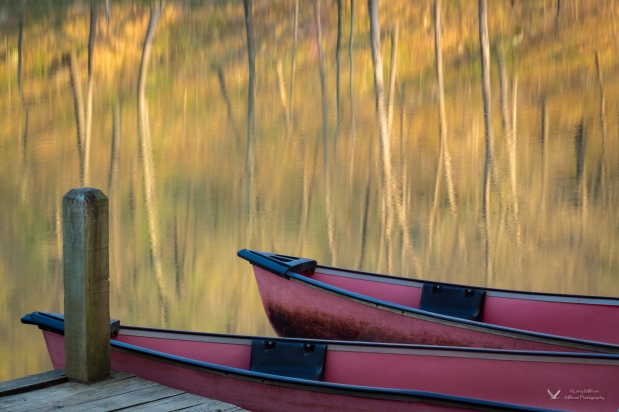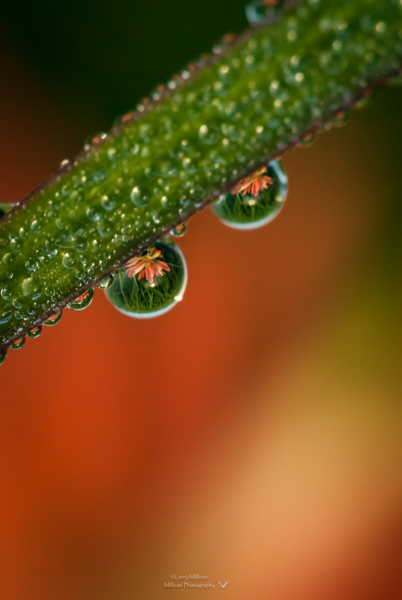Once again, it is time to review the photographs made this year, and select my favorites. We have been doing this for the past several years, and I look forward to it every year. This year, I started with over 50 photos, and after making several passes through the collection, and making some tough decisions, I selected the 10 photographs that gave me the most joy and satisfaction when I made them, and continue to do so now. Here are my Favorites for 2017, in roughly chronological order… Continue reading
Spring
This Photo, #5
Building the Nest
Great Egrets, High Island Sanctuaries
April 2007
For many years, we traveled to the Upper Gulf Coast of Texas in the spring. We would visit Brazos Bend State Park, Galveston Island, Anahuac National Wildlife Refuge, Bolivar Island, and High Island. Spring is breeding season for birds, alligators, and many other creatures. In 2007, we timed our visit quite well, and were able to photograph several animal species in prime breeding plumage and nest building, including alligators’
mating displays.
East of Galveston is the small community called High Island. It is not an island, but sits on a “salt dome”, 38 feet above sea level. (This is the highest point above sea level on the Gulf Coast from Mobile, Alabama, to the Yucatan.) The Houston Audubon Society operates a bird sanctuary within the community, and is a popular destination for birders and birdwatchers from all over the world.
Within the Smith Oaks Sanctuary, is Claybottom Pond – home to a bird rookery. Species nesting there include Cormorants, Night Herons, Tri-colored herons, Roseate spoonbills, and more. The rookery is on a small island at a perfect distance for photographing and watching the birds. If you want to know more about the rookery, and all of the High Island Sanctuary, here is a link to Houston Audubon’s site.
Today’s photograph was made late in the afternoon, with the sun behind us. This pair was early in the nest building stage, as most of the other birds were well into the season, with eggs laid already. The male came flying in with nesting material (tree branches and sticks) to add to the structure, and as he landed and gave the stick to his mate, his wing spread in a gesture that appeared to be protective, supportive, warm, and nurturing.
I was using a Sony Alpha 100 DSLR Camera, with a Tamron 300mm f/2.8 lens and a matching 2x teleconverter, making the lens 600 mm. Shutter speed was 1/800, ISO 200, and aperture of f/8. Today, I would not hesitate to shoot at an ISO of 800, maybe higher, resulting in a much faster shutter speed. The photo would be sharper… but, the point of the image, its mood, and the story, still is clear, and speaks of companionship, teamwork, family, and love.
This photo, #5 in this series, is about capturing a moment, and sharing a story, regardless of technical perfection. The original image suffers from camera movement blur. Today, we can edit the photo in Photoshop, and apply shake reduction sharpening, and at the least, improve the sharpness of the image. And, that was done with this photo. But, was it necessary? Does it now tell a better story? I believe photography is about capturing a moment, about telling a story, and sharing that moment and the story. If the story is clear, and if you see the moment, and if you feel the passion of the photographer, does that not make it a good photograph? Would like to hear your opinion!
“Capturing a beautiful moment in a photo is something I’m very passionate about.” ~Nigel Barker
Until next time … wishing you good light!
This Photo #3
Canoes with Morning Reflection
Image 5105 Date: April, 2016
A couple of years before this, I had begun photographing the canoes at Devil’s Den State Park. Probably, I had seen similar photographs of canoes elsewhere (I know – who hasn’t?), and was inspired to make my own version. Each time I revisited these canoes, I would make new photographs, and with each visit, it seemed my photographs improved.
![]()
![]()
On this day, we were holding our spring macro photography workshop in the park. I arrived early, and while waiting, I walked to the canoe docks.
From early spring to late fall, the park rents the canoes and paddle boats for use on the Park’s little lake, formed from Lee Creek. It’s a very small lake. Besides the lake, the Park has miles of hiking trails, waterfalls, and plenty of the rugged beauty Arkansas is known for. It is my favorite Arkansas State Park. Continue reading
This Photo, #2
Paintbrush Reflections
Image 00842, date 2007

Years ago, I saw my first image of water drops refracting a background flower, probably in Outdoor Photographer magazine. I was fascinated, and began the pursuit of my own water drop reflection photos…
Occasionally, I am asked if the photos are real or if I created them in the computer. Signs of the times, I guess. These are 100% “real.” The water drops are from dew, occasionally rain, and the reflected image (“refracted”, actually) is just as I saw it.
This morning was bright, sunny, and humid at Cherokee Prairie Natural Area, but with a slight breeze, so I needed to keep the shutter speed up and still shoot at f/16. However, the photo was dark – very underexposed. I either misread the meter’s suggestion or ignored it, or the camera erred, and underexposed the image. The problem probably was not the camera. So, I adjusted exposure and made another photo, then moved on to another composition.
Later, in post-processing, when I looked on the computer, that second photo was blurred – that pesky breeze. My first thought was that I had blown the shot; one was blurry, and the other was underexposed. And, I had only made 2 photos…

original image, unedited
I opened the first image, the dark one, in PaintShop Pro and increased overall exposure of the RAW file by two stops. It was amazing – the Sony .ARW image was beautiful! It held up really well to being lightened. (For comparison, I tried the same adjustment on the camera’s jpeg version, and it was not pretty…) I have always shot RAW ever since.
Over the years, I have made a good number of water drop photos like this, but “Paintbrush Reflections” is still one of my favorites. Just the same, I look forward to wildflower season, and more attempts to make the perfect image.
May we all continue to look for great light!



